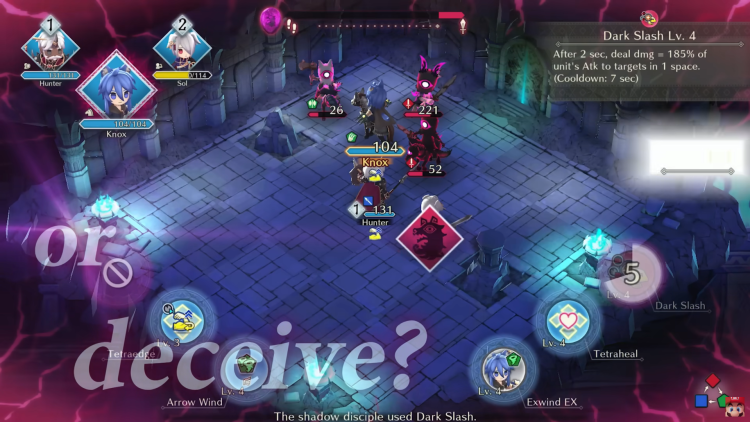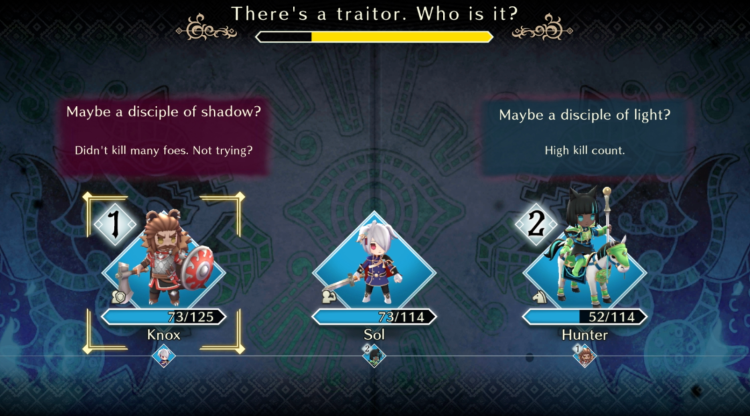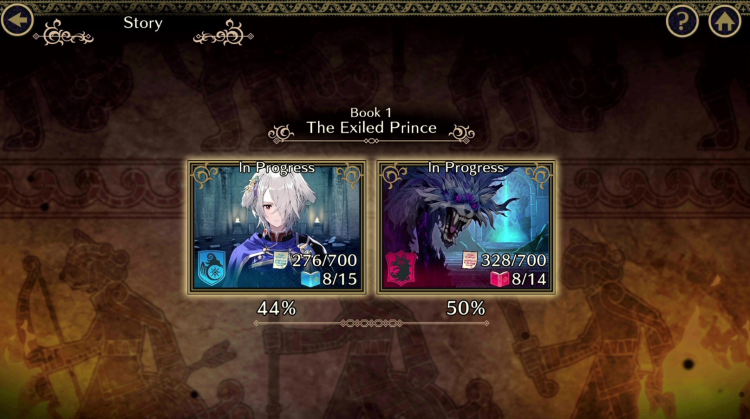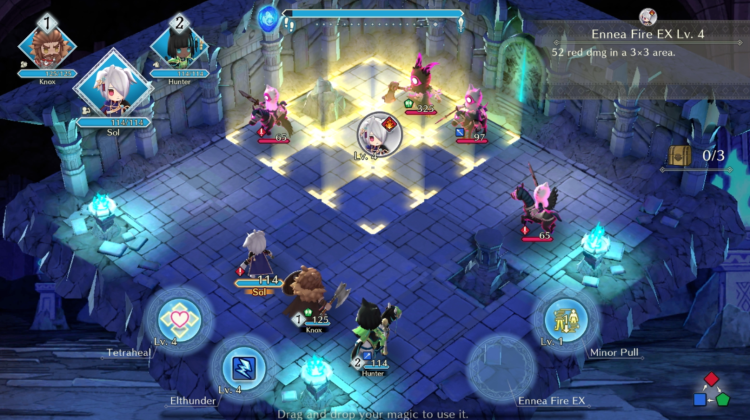Fire Emblem Shadows Launches Without Warning — and Misses What Makes Fire Emblem Work
Nintendo’s Fire Emblem Shadows appeared out of nowhere on September 24, 2025, without any prior announcement or fanfare. The surprise release on iOS and Android immediately caught players off guard, especially since Nintendo had already confirmed the next mainline entry, Fire Emblem: Fortune’s Weave, for Switch 2 during its September 12 Direct.
The mobile release was not mentioned at all during that presentation, and according to GameSpot’s Cameron Koch, it’s easy to understand why after playing it. The author describes Fire Emblem Shadows as “probably the worst” entry in Intelligent Systems’ long-running tactical RPG series. Despite its recognizable characters and presentation, the game fails to deliver the strategic complexity and emotional storytelling the franchise is known for.
Initially, players assumed the listing referred to Fire Emblem: Shadow Dragon, a 2009 remake of the series’ first title. It wasn’t until later that day that fans realized Fire Emblem Shadows was a brand-new mobile game combining real-time strategy and social-deduction mechanics. The concept, at least on paper, offered an intriguing twist: what if the fall of a Fire Emblem kingdom came from within its own ranks? Some party members—or even the protagonist—might already be corrupted and ready to betray their comrades.
However, the execution falls short of that premise. Koch explains that Fire Emblem Shadows abandons the franchise’s tactical roots in favor of an auto-battler format. Players control a single hero within a team of three, with characters moving and attacking automatically. The player’s main input is choosing from a limited set of spells to cast on enemies or allies. Most battles end quickly, often within a few actions, and strategy is reduced to exploiting type weaknesses through the series’ familiar weapon triangle.
Koch points out that this loss of direct unit control removes a fundamental element of Fire Emblem’s identity. Positioning, a core mechanic in every previous game, is practically absent. Spells may push, pull, or swap characters on the battlefield, but they fail to replicate the deliberate movement and spatial awareness central to traditional Fire Emblem tactics.

The “social deduction” layer—the game’s advertised innovation—also struggles to make an impact. Each match assigns one of the three players as a hidden “Shadow,” whose goal is to sabotage the others while avoiding suspicion. After the first round, players vote on who they think the traitor is, leading to a second round where the accused transforms into a corrupted version of themselves.
In theory, this should create tension and mind games reminiscent of multiplayer deception titles. In practice, it doesn’t. With only three participants per match, the odds of correctly identifying the traitor hover around fifty-fifty. Visual clues make it even easier; a player taking less damage from “shadow magic” is almost always the culprit. Koch notes that the game even provides detailed logs showing which players were hit by specific attack types, further undermining any need for deduction.
Despite including options for trickery—such as self-inflicted damage or deceptive healing—the limited communication tools prevent meaningful interaction between players. Voting is reduced to a quick binary choice screen, and even the results carry little weight. Regardless of the vote outcome, players proceed to round two, and victory still depends primarily on combat. As Koch observes, being exposed as the traitor doesn’t necessarily end the match, and outcomes often feel arbitrary.

The game’s free-to-play structure compounds these issues. Fire Emblem Shadows replaces the gacha mechanics of Fire Emblem Heroes with direct purchases. Players can buy “Gems” to speed up progression or acquire character-specific medals to level up faster. Although new heroes are distributed more frequently, the system still creates a pay-to-win imbalance. Koch highlights that those who spend money will inevitably hold stronger characters, gaining a decisive advantage in combat.
Certain high-profile heroes, like Lyn from Fire Emblem: The Blazing Blade, are locked behind a paid battle pass. Matchmaking attempts to balance levels, but the reviewer notes that disparities remain. A Level 1 player can still encounter a Level 4 opponent, and the resulting stat gap—enhanced health, stronger attacks, and superior spells—renders the battle effectively unwinnable. This imbalance undermines both the social deduction and the supposed strategic aspects of gameplay.

Koch’s analysis also touches on presentation and storytelling. Fire Emblem Shadows maintains the franchise’s aesthetic appeal, with detailed character designs and voice-acted story segments presented in a visual novel style. As players develop “Rapport” with specific heroes, they unlock personal backstories and parallel plotlines depending on whether they play as a “Disciple of Light” or a “Shadow.” These elements feel authentically Fire Emblem, but they struggle to compensate for shallow gameplay loops.
Progression requires replaying matches repeatedly, often as the Disciple of Light, which Koch describes as less engaging than playing as the Shadow. Despite the strong art direction and voice performances, the reviewer concludes that these qualities cannot sustain player interest when the core systems lack depth or agency.
Monetization design choices further erode the game’s potential. Although Fire Emblem Shadows avoids randomized gacha pulls, the layering of multiple currencies—Gems, Crystals, and character medals—encourages microtransactions. The game’s reminders to purchase Gems appear frequently, and while materials can be earned through regular play, progress is slow without financial investment. For a title centered on social deception and skill-based play, allowing purchases to override character power creates a fundamental contradiction.

The review’s overall assessment is clear: Fire Emblem Shadows fails to satisfy fans of either Fire Emblem or social-deduction games. It offers a “nugget of a good idea,” as Koch puts it, but one that cannot function within the constraints of a mobile free-to-play model. The result is an experience that feels hollow, lacking both the tactical rigor and emotional stakes that define the franchise.
Koch summarizes the verdict bluntly:
“Fire Emblem Shadows is Fire Emblem in name only.” — Cameron Koch
The review assigns the game a 3 out of 10, citing memorable character art and familiar aesthetics as its only redeeming qualities. The rest—auto-battle combat, trivial social mechanics, and monetization-heavy progression—represent what the critic calls a mismatch between concept and execution.
For long-time fans awaiting Fire Emblem: Fortune’s Weave on Switch 2, this mobile experiment stands as a curious but forgettable detour. For Nintendo and Intelligent Systems, it marks a rare misstep in one of the company’s most consistent strategy series.

Comments